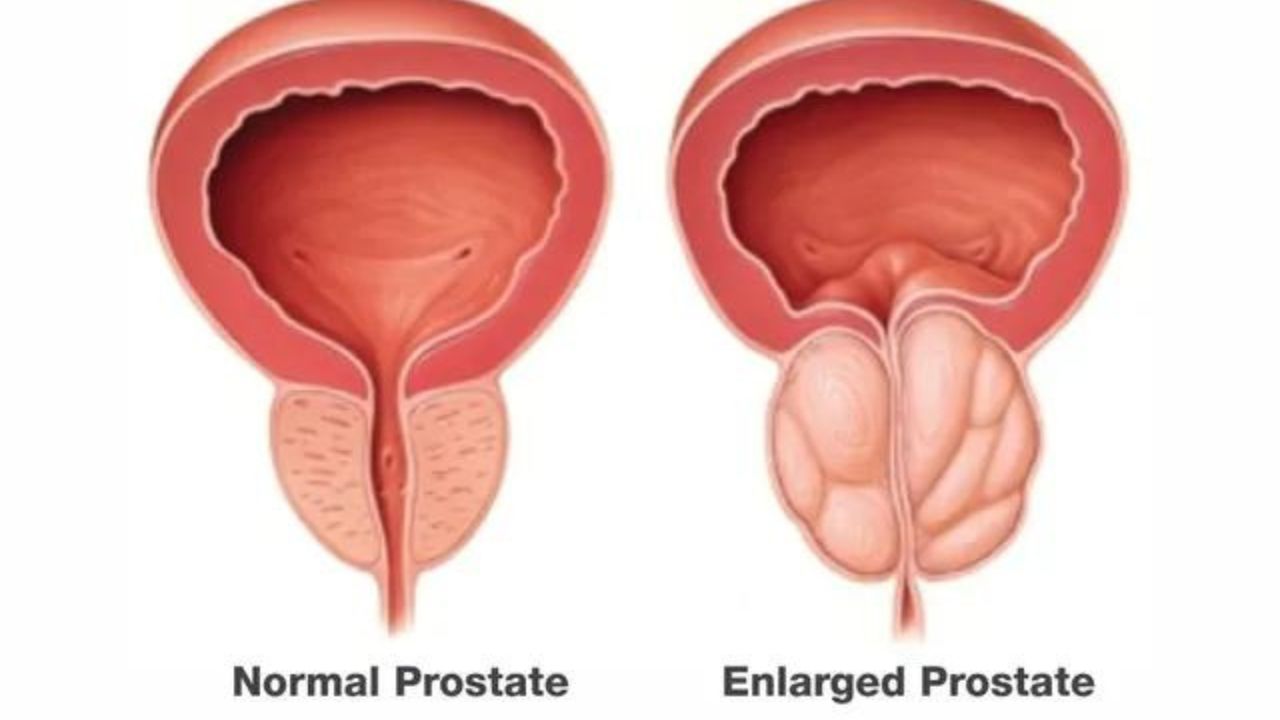Enlarged Prostate Surgery In India
Enlarged prostate surgery in India encompasses various procedures designed to alleviate symptoms of benign prostatic hyperplasia (BPH). Among these, Prostate Photoselective Vaporization (PVP), Holmium Laser Ablation of the Prostate (HoLAP), and Holmium Laser Enucleation of the Prostate (HoLEP) are commonly performed.
Types of Enlarged Prostate Surgery
Prostate Photoselective Vaporization (PVP): This procedure uses a laser to dissolve excess prostate tissue, thereby widening the urinary channel.
Holmium Laser Ablation of the Prostate (HoLAP): Similar to PVP, this surgery employs a different type of laser to remove obstructive prostate tissue.
Holmium Laser Enucleation of the Prostate (HoLEP): During this procedure, a laser removes the excess tissue blocking the urethra. The removed tissue is then cut into smaller pieces for easier removal. HoLEP is particularly beneficial for men with a significantly enlarged prostate.
Factors Influencing the Choice of Surgery
The type of laser surgery a doctor recommends depends on several factors, including:
- The size of the prostate
- The patient’s overall health
- The available laser technology
Reasons for Enlarged Prostate Surgery
Surgery for an enlarged prostate aims to alleviate urinary symptoms associated with BPH, such as:
- Frequent and urgent need to urinate
- Prolonged urination
- Difficulty starting urination
- Stopping and starting again while urinating
- Increased frequency of nighttime urination
- Urinary tract infections
- Inability to completely empty the bladder
Preparing for Surgery
Before undergoing prostate surgery, patients receive either general or spinal anesthesia. General anesthesia renders the patient unconscious during the procedure, while spinal anesthesia allows the patient to remain awake but numbs the lower part of the body.
The Surgical Procedure
During the surgery, the doctor accesses the urethra, the tube that carries urine from the bladder and is surrounded by the prostate. A laser passed through the scope emits energy to shrink or remove the excess tissue obstructing urine flow. Depending on the specific procedure, the surgeon might use different tools to cut or remove parts of the prostate tissue.
Post-Surgery Expectations
After surgery, patients typically have a urinary catheter in place due to swelling that impedes urine flow. If patients cannot urinate after the catheter is removed, the doctor might reinsert it temporarily or provide self-catheterization instructions until normal urination resumes.
Expected Results
Most men experience improved urine flow following enlarged prostate surgery. The results of prostate laser surgery are often effective and long-lasting. However, in some cases, additional treatment may be required if the laser surgery does not completely remove the obstructive tissue or if the tissue regrows.
Benefits of Laser-Assisted Surgery
Laser-assisted prostate surgery is nearly bloodless and can be safely performed on patients with enlarged prostates who are also on blood thinners due to heart conditions. This significantly reduces the complications associated with traditional Transurethral Resection of the Prostate (TURP).
In conclusion, the various surgical options for treating an enlarged prostate in India offer effective solutions for relieving urinary symptoms associated with BPH. The choice of procedure depends on the patient’s specific condition and overall health, with laser-assisted surgeries providing a safe and minimally invasive alternative to conventional methods.





